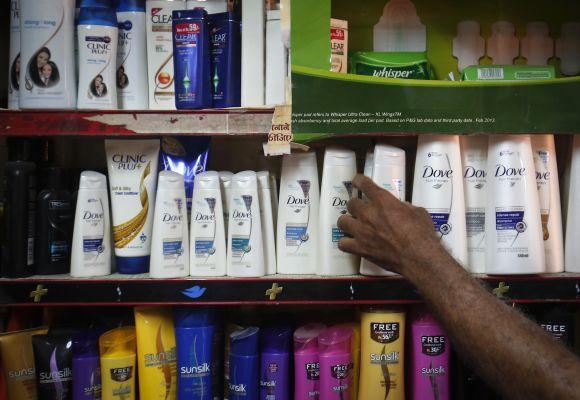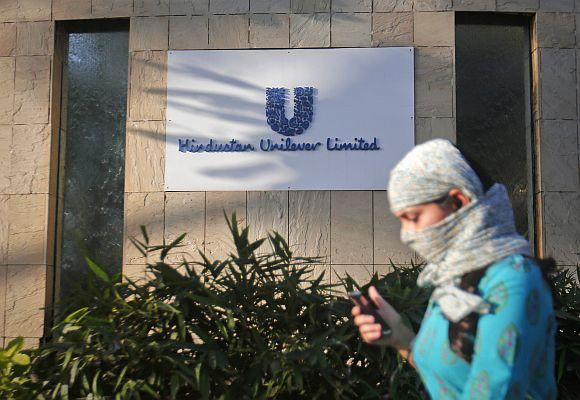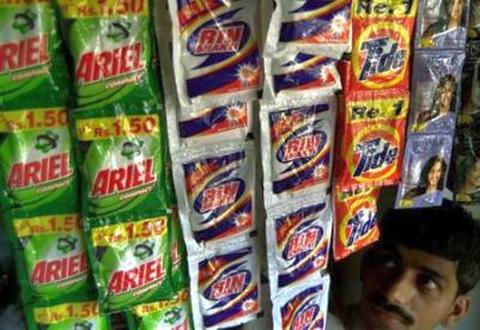
If the term of the previous National Democratic Alliance (NDA) government (1998-2004) is anything to go by, consumer goods companies such as Hindustan Unilever Ltd (HUL), ITC, Nestle, Godrej Consumer and Dabur are in for a rough ride.
As the new government tries to fuel India’s growth engines by boosting investment in big-ticket infrastructure and industrial projects, consumer demand is likely to be hit, as was the case during the previous NDA government.
For the six years ended FY04, private final consumption expenditure at constant prices (PFCE) rose at a compounded annual growth rate (CAGR) of 5.1 per cent, against six per cent average growth in gross domestic product (GDP).
...

During that period, gross domestic capital formation (or capital expenditure) expanded at a CAGR of seven per cent. Curbs on public (or government) expenditure were greater, with government final consumption expenditure growing at a CAGR of 4.9 per cent during that period.
 This resulted is a consistent decline in the share of PFCE in the country’s GDP. In FY04, the share of consumption in GDP declined to 65.6 per cent from 69.1 per cent in FY1998.
This resulted is a consistent decline in the share of PFCE in the country’s GDP. In FY04, the share of consumption in GDP declined to 65.6 per cent from 69.1 per cent in FY1998.
Under the United Progressive Alliance (UPA) government, the PFCE share first stabilised, before rising in the latter half of the regime.
Last year, PFCE accounted for 64.8 per cent of GDP, the highest in the past 10 years, according to figures by Central Statistical Organisation (CSO).
...

The impact of this is clearly visible on the financial performance of HUL, India’s largest non-tobacco consumer products company.
The 1999-2009 period was a wash-out decade for HUL shareholders, as the company’s market capitalisation remained range-bound.
HUL fortunes began to change in early 2009. In early 2009, the company’s stock breached the highs of December 1999. Since then, it has nearly tripled.
...

The investment push by the Modi government and the draw-down of various subsidies and welfare schemes of the UPA regime are, one again, likely to put pressure on private consumption demand, translating into poor revenue and profit growth for consumer goods companies.
The picture could turn worse if the new government puts a break on government expenditure to curb fiscal deficit.
...

It will require a long period of under-performance for FMCG stocks to become a value buy, given their valuations are still high and they stare at low growth.
HUL, for instance, is currently being traded at 33 times its net profit in FY14, much higher than its 10-year average earnings multiple of 27 and its all-time low valuation ratio of 20 (early 200